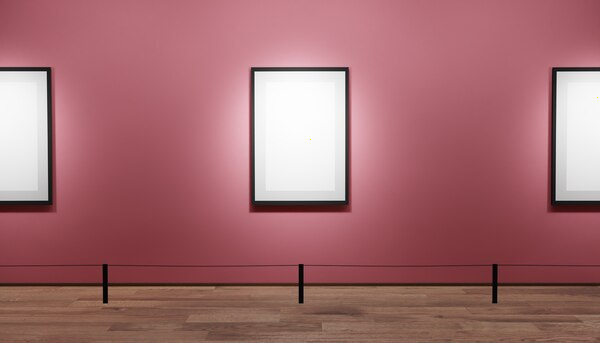The Evolution of Sculpture in America
Sculpture is a dynamic art form that has evolved significantly throughout history, adapting and transforming with cultural, social, and technological changes. In America, the evolution of sculpture reflects the nation’s diverse heritage and its journey through various artistic movements. This article explores the development of American sculpture, examining its progress from the colonial period to contemporary practices.

Early Beginnings: The Colonial Era
In the colonial period, American sculpture was heavily influenced by European traditions, particularly those from England and Spain. Initially, sculptures were primarily functional, including gravestones, religious artifacts, and architectural decorations. Wood was a popular medium, as it was readily available and easier to work with than stone or metal. This early period largely saw artisanal craftsmanship rather than fine art sculpture.
The 19th Century: Neoclassicism and the Rise of Public Monuments
The 19th century marked significant changes in American sculpture, coinciding with the nation’s growing sense of identity and independence. Neoclassicism emerged as a dominant style, characterized by a fascination with ancient Greek and Roman art. This period saw the creation of allegorical and historical figures, often commissioned by the state to promote national ideals.
Perhaps the most notable development in the 19th century was the rise of public monuments. Sculptors like Horatio Greenough and Hiram Powers gained prominence, and their works often celebrated historical figures and events, contributing to the establishment of a cultural heritage. The Civil War further fueled the production of monuments, as communities sought to commemorate leaders and fallen soldiers.
The Early 20th Century: Modernism and Abstraction
The early 20th century brought modernism to American sculpture, challenging prevailing classical norms. Artists like Augustus Saint-Gaudens and Daniel Chester French bridged the gap between traditional and modern approaches. Modernist influences saw the emergence of abstraction, with artists exploring form, movement, and material in groundbreaking ways.
This era also witnessed the rise of the "Ashcan School," which embraced realism and depicted everyday life. In parallel, European immigrants, particularly those escaping the turmoil of World War I, brought avant-garde ideas that further diversified the sculptural landscape. Artists like Elie Nadelman and Alexander Calder introduced innovative techniques and materials, shifting the focus from public monuments to personal and abstract expressions.
Mid to Late 20th Century: Diverse Movements and New Materials
Post-World War II America saw an explosion of creative experimentation, with sculpture playing a pivotal role in the rise of various art movements. Abstract Expressionism challenged traditional aesthetics, with artists like David Smith and Louise Nevelson using industrial materials to create bold, abstract forms.
The 1960s and 1970s ushered in further diversification. Minimalism and Pop Art emerged, with sculptors like Donald Judd focusing on simplified forms and industrial processes, while Claes Oldenburg used everyday objects to challenge consumer culture. The feminist art movement also gained traction, with artists like Louise Bourgeois addressing themes of identity and gender through their work.
Contemporary American Sculpture: Global Influences and Technological Advancements
Today, American sculpture reflects a confluence of global influences and technological advancements. Artists are increasingly using digital tools and mixed media, blurring the boundaries between traditional sculpture and other art forms. Environmental and interactive installations are popular, with artists like Maya Lin creating works that engage with the landscape and audience.
Contemporary sculptors often address social and political issues, using their work as a platform for dialogue and change. This reflects a broader trend in art towards interdisciplinarity and activism.
Conclusion
The evolution of sculpture in America showcases the nation’s rich and diverse artistic legacy. From its colonial roots to its current status as a vibrant and multifaceted art form, American sculpture continues to reflect the complexities and aspirations of its society. As it adapts to new technologies and global influences, the future of sculpture promises to be as dynamic and transformative as its past.